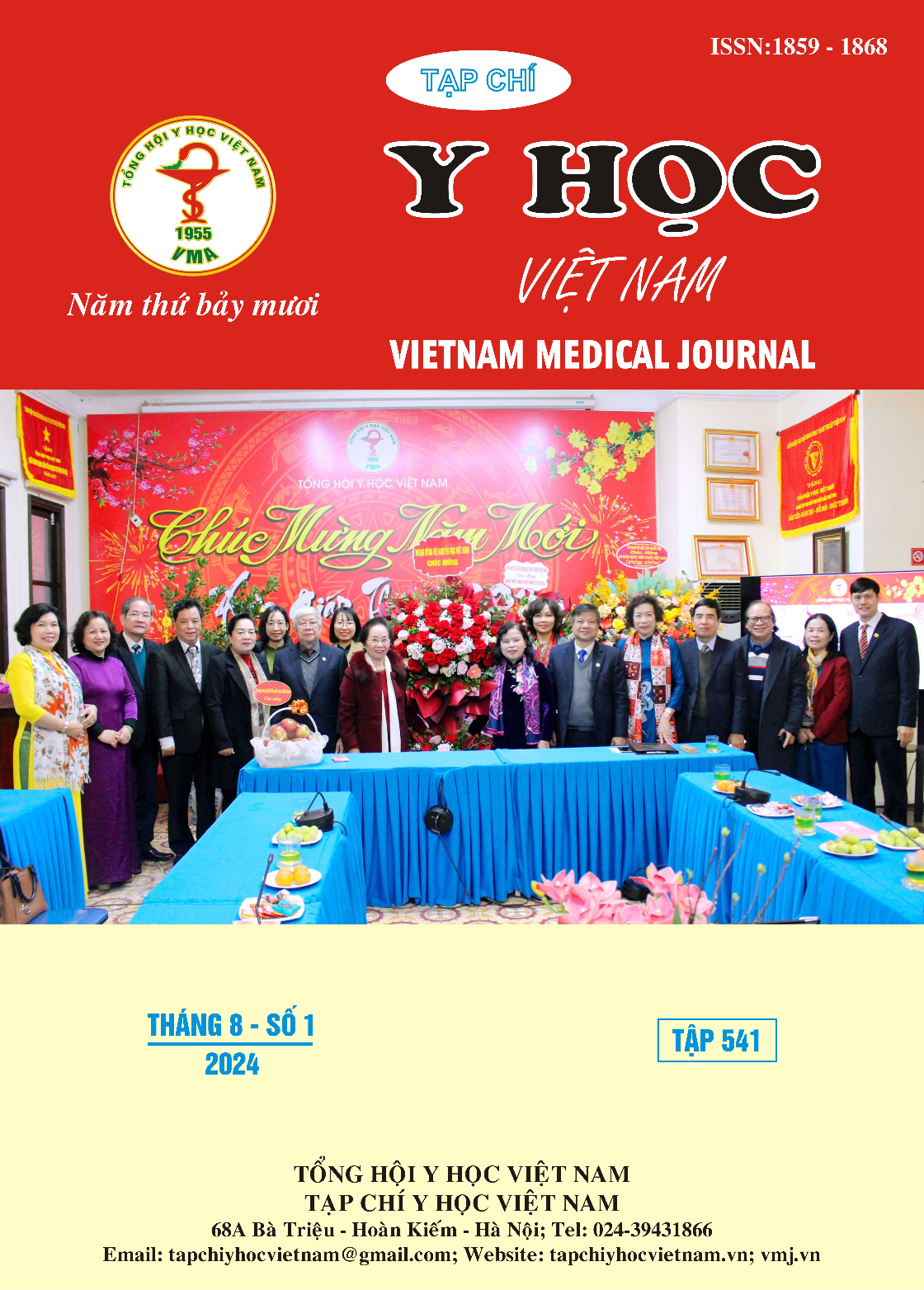STEREOPSIS AND AGE AT SURGERY ALIGNMENT IN INFANTILE ESOTROPIA
Main Article Content
Abstract
Purpose: To determine the power of the stereopsis and the relationship between the development of stereopsis and age at surgery alignment in patients with infantile esotropia. Methods: A cross sectional study on 110 children with infantile esotropia who underwent a single operation from 1/1/2011 to 1/1/2016 and had alignment within 10PD of orthotropia at all follow-up examinations. Stereopsis was assessed by the Original Randot Stereotest. Results: The mean age at surgery was 36.79 ± 16.05 months (range,16–72 months). The percenrtage of patients having stereopsis was 30.9% (34 patients). 26 patients operated at 16-24 months (68.42%) and 8 patients operated at 24-48 months (20.51%) had stereopsis. No patient operated after 39 months had stereopsis. There was a statistically significant correlation between age at surgery and final stereopsis (rS = 0,649; p < 0,001). Receiver operating characteristic curve analysis revealed that the optimum cut-off value of the age at surgery for predicting stereopsis was 21.5 months (Youden index = 0.378; area under ROC curve = 0.827; 95% CI: 0.74-0.92; p < 0.001). Conclusions: Age at surgery plays an important role in the development of stereopsis. Surgery for infantile esotropia is most likely to result in measureable stereopsis if patient age at alignment is not more than 21.5 months.
Article Details
Keywords
infantile esotropia, stereopsis.
References
2. Birch EE. and Stager DR. (2006). "Long-term motor and sensory outcomes after early surgery for infantile esotropia." J aapos, 10. pp.409-13.
3. Cerman E., Eraslan M. and Ogut MS. (2014). "The relationship of age when motor alignment is achieved and the subsequent development of stereopsis in infantile esotropia." J aapos, 18. pp.222-5.
4. Ing MR. and Okino LM. (2002). "Outcome study of stereopsis in relation to duration of misalignment in congenital esotropia." J aapos, 6. pp.3-8.
5. Kenneth W.Wright (2006), Handbook of Pediatric Strabismus and Amblyopia, Springer.
6. Simonsz HJ., Kolling GH. and Unnebrink K. (2005). "Final report of the early vs. late infantile strabismus surgery study (ELISSS), a controlled, prospective, multicenter study." Strabismus, 13. pp.169-99.
7. Chavasse FB (1939), Worth's Squint or the Binocular Reflexes and the Treatment of Strabismus, Tindal and Cox.10.


